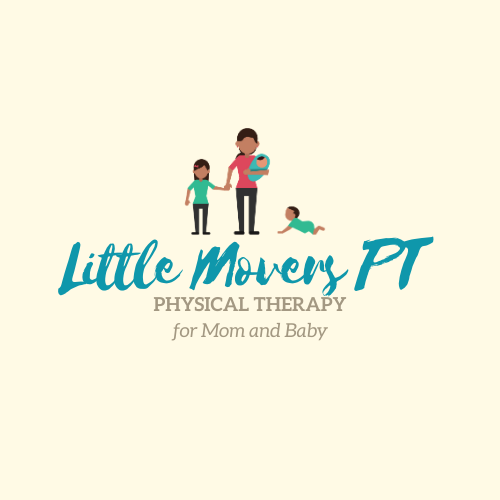Common v Normal!
/“Aweee look at little Joey totally passed out, he’s so cute” mom says to dad as Joey is wide mouth catching flies in his sleep. This line is far too common in our world today. The question is, where is the line between common and normal? The incidence of oral motor dysfunction in children has exponentially risen over the last decade. Some examples of oral motor dysfunction include difficulty nursing, difficulty with solids, late or poor speech, oral hygiene issues, and poor/restless sleep. We are currently treating these problems under the rehabilitation model, only working on them when the signs are glaringly obvious. What if we started looking at this issue with the preventative model? What if we started working the moment a baby is born and you notice that open mouth posture? What are the issues we could change? Though it seems rather simple, the tongue sitting on the palate with the lips closed has a ton of functions.
The tongue forms the roof of the mouth (palate) starting at 10 weeks in utero. The tongue forming the palate is how we create our face shape. When the tongue sits properly the palate is formed low and wide. This allows wide cheekbones, proper jaw growth, and all of the adult teeth to come down with enough space. When the tongue does not sit on the roof of the mouth over the first few years of life, the face becomes long and narrow and the teeth don’t have enough space to fit without crowding.
The tongue creating the palate is creating the space for the upper airway. The wider the palate, the bigger the upper airway. The more narrow the palate, the smaller the upper airway. In the same fashion, the tongue resting on the palate with ease is also what opens the airway during sleep. Poor tongue rest posture can lead to inadequate air exchange, poor sleep, and even sleep apnea down the road. We all know the effects of poor sleep on the body which include but are not limited to impulsivity, irritability, brain fog, fatigue, increased meltdowns, constant movement, hyperfocus, anxiety/depression, and executive dysfunction.
The vagus nerve is on the roof of the mouth. This nerve is responsible for calming the nervous system down. It also controls the smooth muscles which means its helpful for digestion. When the tongue is up on the roof of the mouth it stimulates the vagus nerve, calming the nervous system and moving the smooth muscles along. When poor tongue rest posture is present we often find babies utilizing pacifiers or sucking their fingers to get the same stimulation but without the benefits of the tongue shaping the palate.
The tongue is the base of the postural control system. Tongue to palate is critical for maintaining alignment and posture
Proper tongue lift is critical in creating speech sounds. The tongue hits many places on the palate to create varying sounds. Children with poor tongue rest posture often have articulation errors and sometimes other issues like lisps or stutters.
Proper tongue lift is also essential for manipulating food and drink within the mouth. Proper elevation, side to side movement, pulling tongue back and forward are all necessary for proper mastication.
The root causes for poor tongue rest posture include poor strength, low muscle tone, and the super hot topic of tethered oral tissues (tongue/lip ties). Some children even have a combination of all of these issues. Other issues like in utero constraint and birth trauma can also compound the above dysfunctions. If the tongue-palate complex has all of these functions that come to fruition over the first few years of life, then why aren’t we encouraging the correct tongue position from day 1 to all families? Shouldn’t everyone have a chance at avoiding feeding, sleep, oral hygiene, and posture/tension issues their whole lives?The habilitative model (rather than rehabilitative) would save families both thousands of hours and dollars as opposed to the wait and see approach which can lead to weekly feeding or speech therapy, orthodontia, sleep dentistry, and difficulty with attention and schooling. In order to address the tongue resting posture a functional evaluation must take place. For lactation issues a board certified lactation consultant, IBCLC is the first line of defense. Therapists such as PT/OT/SLP can all be trained to perform oral and head to toe evaluations when specialty coursework is done. Once compensatory patterns have been minimized other referrals can be made to specialists such as the ENT or Pediatric Dentist where applicable. With the advancements in modern medicine and thorough research performed we, as parents, shouldn’t be settling for the “wait and see model” to come bite us in the rear.


